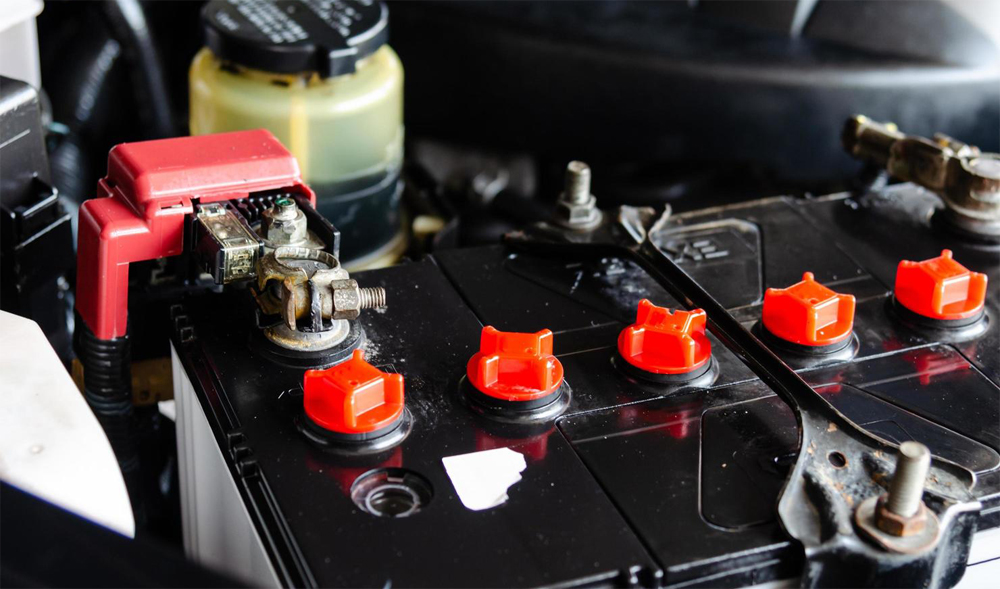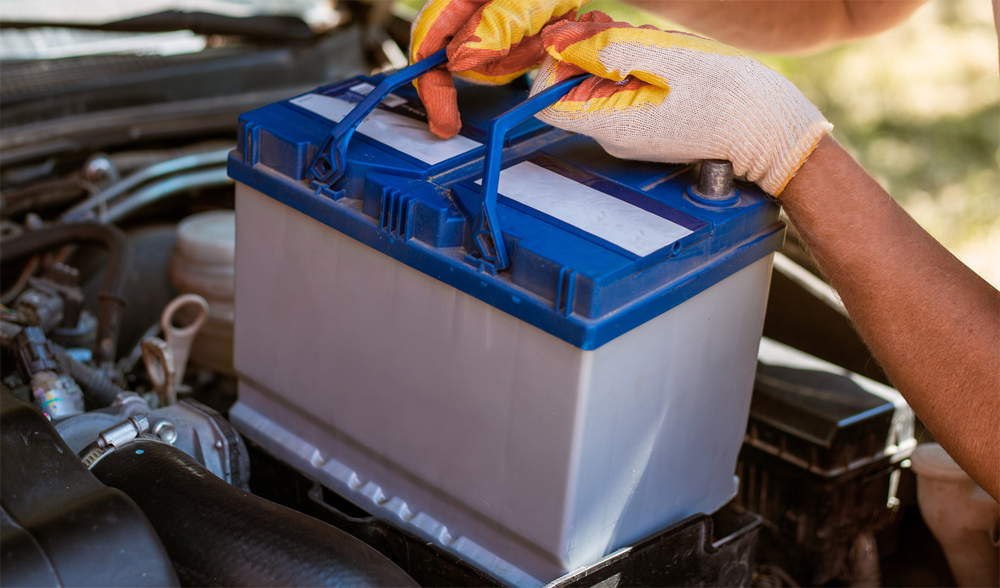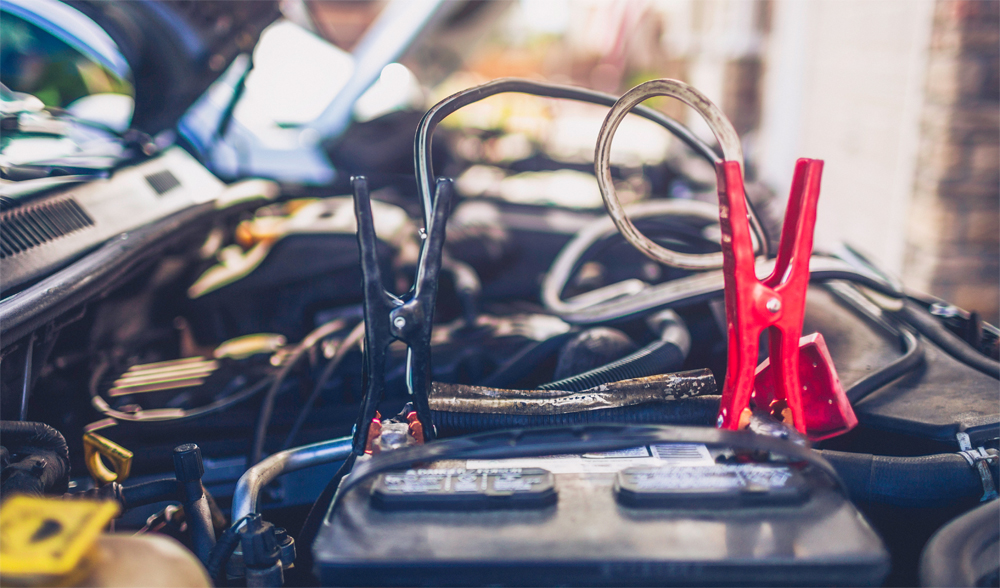Our dependency on phones and household electronics has led us to become quite accustomed. When our phones, Nintendo Switch, or electric toothbrushes run low on battery, we simply plug them in. However, charging your car battery with a car battery charger involves a slightly more intricate process, as it requires manual intervention.
Unlike other electronics, your car battery doesn’t adhere to the same design principles. Many of the devices in your daily life, along with their batteries, incorporate built-in electronic systems with predefined charging protocols. These systems autonomously navigate the correct charging procedures.
Take your phone battery, for instance; it integrates a delicate electronic strip that facilitates communication with your phone’s processor. This interaction involves discussions about voltage, amperage levels, and optimal float charge durations. Such intricate computations work harmoniously to extend the longevity of your phone’s battery.

Your car battery operates quite differently. When your battery initiates the engine, the charging process occurs as you drive through the alternator. Concurrently, the charging system and the onboard computer work in tandem to oversee the alternator’s power generation. The alternator provides an adequate charge to sustain the car battery over its typical lifespan of 3-5 years, a duration that usually proves satisfactory.
However, your car battery may still need to be charged
- if you just jump-started your car.
- if you find odd behavior in your accessories.
- if you didn’t shut down all electric consumption.
- if there is an unusual ignition sounds.
- rewrite: if there is a slow or sluggish start.
In such a scenario, your car requires assistance as routine driving won’t suffice. The vehicle’s alternator is incapable of fully replenishing the car battery. This is why connecting it to a charger might become necessary.

How to Charge a Car Battery
Ensure you’re situated outdoors or within a space with proper ventilation. Prior to proceeding, remove any jewelry, don gloves, and don safety glasses.
- Connect your car battery charger to a power source. Refer to any specific guidelines provided for your charger.
- Link a secondary battery to the On-board Diagnostics II (OBD-II) port. Your car’s onboard computers require a continuous power supply. If power is lost, their memory gets erased, potentially leading to significant car issues, such as unpredictable idling behavior.
- Detach the car’s negative terminal, typically colored black. Afterward, wrap a cloth or glove around the terminal to insulate it from contact with other surfaces. Removing the negative terminal serves as a safeguard for your car’s electronics against the charging voltage.
- Attach the car battery charger to the terminals of your car battery. Ensure that the clamps on your charger correspond to the battery posts. Exercise caution to avoid any contact between your charger’s terminals and the recently disconnected negative terminal.
- Adjust the voltage to 12 volts and opt for either “flooded” or “wet” as the battery type. “Flooded” and “wet” are terms commonly used in the automotive industry to refer to a standard car battery, distinct from an AGM battery, enhanced flooded battery, or lithium battery. In case you’re utilizing a smart car battery charger, it might automatically identify the voltage and battery type on your behalf.
- Initiate the charging process and be patient. The duration for charging your battery will vary based on your specific charger, ranging from 4 to 8 hours to provide enough charge for a few car starts. Achieving a full 100 percent charge might take anywhere from 10 to 24 hours. The longer the charging period, the greater the amount of power the charger can infuse into the car battery.
- Detach the car battery charger from the battery upon completion. The charger’s indicator light will indicate when the battery has finished charging. Once more, ensure that the clamps of the charger do not make contact with the loose negative clamp of the battery.
- Reattach the car’s negative terminal to the battery and disconnect the backup battery. You’re now prepared to embark on your journey with a renewed beginning.
Charging your car battery induces warmth within it. Excessive heat can lead to the evaporation of water inside the battery, causing the liquid to become more acidic. Consequently, the internal components of the battery are subjected to accelerated corrosion. The remedy lies in gradual charging—aiming to elevate the battery’s charge without concurrently elevating its temperature.
Replenishing your battery’s charge can extend its longevity by several months. This process also enhances the battery’s capacity, enabling it to provide more efficient support to your entire engine system. The car battery serves a broader purpose beyond simply starting the engine. It acts as a shield for your onboard electronics, safeguarding them from sudden power surges originating from the engine.
Additionally, it functions as a supplementary power source for your alternator, stepping in when your engine or electronics require more power than the alternator can provide in real-time.
If you’ve ever observed your car exhibiting heightened responsiveness shortly after receiving a new battery, that’s the reason behind it! Indeed, your vehicle genuinely experiences improved performance with a newly installed and fully charged battery.

Types of Car Battery Chargers
Utilize an automated battery charger designed to adapt its charging voltage for the most rapid charging process.
Chargers exhibit substantial variations, even within their respective categories. Ranging from trickle chargers to smart car battery chargers and maintainers, the primary distinction among battery chargers boils down to the intended duration of battery charging:
- Use an intelligent or automated charger for a duration of 10 to 24 hours, tailoring the time based on the battery’s level of depletion and the amperage configuration of your charger. Your vehicle’s battery will reach a full 100% charge upon completion.
- Use a trickle charger for a span ranging from a few days to a week. The prevalent type of charger, known as trickle chargers, employs significantly lower amperage while still delivering ample power to the battery for gradual charging. Certain trickle chargers harness solar energy, while others are designed to be plugged into electrical outlets. Regardless of the source, they all furnish a consistent and gentle stream of power.
- Use a battery maintainer over the course of months. Battery maintainers are not meant for recharging batteries. If you charge a battery up to 75 percent and subsequently connect it to a maintainer during the autumn months, its charge will remain at 75 percent when the following spring arrives.
An additional device commonly available alongside a battery charger is a jump-starter.
Nevertheless, jump-starters are not designed to recharge your vehicle’s battery. Their function is solely to deliver power (via your car battery) to the starter, enabling you to restart your engine.
